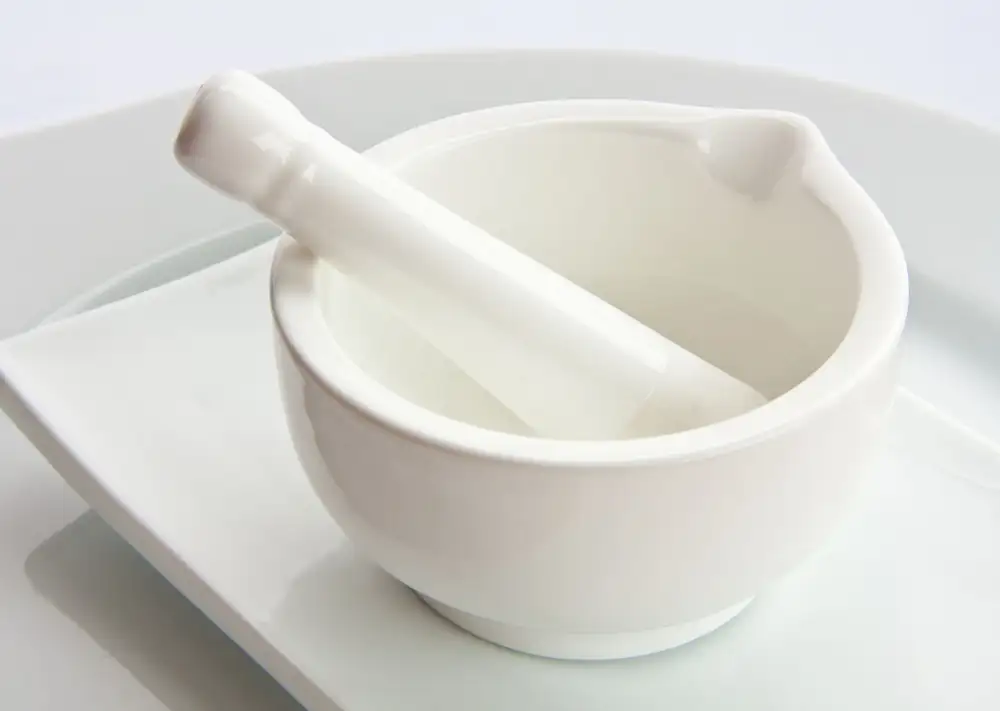Unlock Culinary Magic: Mastering the Art of Grinding and Mixing with a Mortar and Pestle at Home

In the world of culinary arts, the mortar and pestle stand as a timeless symbol of traditional food preparation. This simple yet versatile tool consists of a bowl (the mortar) and a club-shaped object (the pestle) used for grinding, crushing, and mixing ingredients. The mortar provides a sturdy base for holding spices, herbs, nuts, and seeds, while the pestle allows for effortless crushing and blending to release their full flavors and aromas. This age-old kitchen essential continues to play a vital role in enhancing the depth and complexity of dishes across various cuisines worldwide.
History and Origins of the Tool
Dating back thousands of years, the mortar and pestle is one of the oldest kitchen tools known to mankind. Its origins can be traced to ancient civilizations such as the Egyptians, Greeks, and Romans. The tool was used for grinding herbs, spices, and grains into powders or pastes, essential for flavoring food and making medicines. Over time, the design and materials used in making mortar and pestles evolved to meet the needs of different cultures, leading to a variety of shapes and sizes seen today.
Types and Materials Used in Making Mortar and Pestle
When it comes to mortar and pestle, there are various types and materials used in making this essential kitchen tool. The most common materials include:
1. **Stone**: Traditional mortar and pestles are often made from stone, such as granite or marble. These materials are durable, heavy, and provide a rough surface ideal for grinding spices, herbs, and seeds.
2. **Wood**: Wooden mortar and pestles are popular for grinding softer ingredients like garlic or ginger. They are lightweight and gentle on delicate herbs but may not be as effective for hard spices.
3. **Ceramic**: Ceramic mortar and pestles are versatile and come in various designs and sizes. They are easy to clean and maintain but may not be as sturdy as stone or wood.
4. **Metal**: Metal mortar and pestles, typically made of stainless steel or cast iron, are durable and efficient for grinding hard ingredients like peppercorns or nuts. However, they can react with acidic foods.
Choosing the right material depends on personal preference, the type of ingredients you plan to grind, and how you intend to use the mortar and pestle in your culinary adventures.
Benefits of Using a Mortar and Pestle in Cooking
Using a mortar and pestle in cooking offers numerous advantages. Firstly, it allows for the release of essential oils and flavors from herbs and spices, resulting in more vibrant and aromatic dishes. The manual grinding process helps control the texture of ingredients, ensuring a perfect balance between smoothness and coarseness. Additionally, using a mortar and pestle provides a hands-on approach to cooking, allowing for a deeper connection with the ingredients and the dish being prepared. This tool also enables the customization of spice blends and pastes according to personal taste preferences, enhancing the overall culinary experience.
Tips for Proper Care and Maintenance of a Mortar and Pestle
Proper care and maintenance of your mortar and pestle are crucial to ensure their longevity and optimal performance. Here are some tips to help you keep them in top condition:
1. **Seasoning**: Before first use, grind uncooked rice in the mortar to remove any grit or dust. Rinse with warm water and let it air dry completely.
2. **Cleaning**: Avoid using soap as it can leave a residue that affects the flavors of your ingredients. Instead, use warm water and a brush or sponge to clean the mortar and pestle thoroughly.
3. **Storage**: Store your mortar and pestle in a dry place away from direct sunlight to prevent any damage or discoloration.
4. **Avoid harsh substances**: Refrain from using acidic ingredients like lemon juice or vinegar in your mortar and pestle, as they can erode the material over time.
5. **Regular maintenance**: Check for any signs of wear and tear, such as cracks or chips, and replace if necessary to prevent contamination during food preparation.
By following these simple care tips, you can ensure that your mortar and pestle remain in excellent condition for all your culinary adventures.
Creative Ways to Use a Mortar and Pestle in the Kitchen
When it comes to using a mortar and pestle in the kitchen, the possibilities are endless. One creative way to utilize this versatile tool is by grinding fresh herbs and spices to make flavorful rubs for meats or marinades for vegetables. You can also crush garlic and ginger to create a fragrant paste for stir-fries or curries. Crushing nuts or seeds in a mortar and pestle can add a unique texture and flavor to salads or desserts. Additionally, muddling fruits and herbs in a mortar can elevate cocktails by releasing their essential oils and flavors. The gentle crushing action of a mortar and pestle allows you to control the consistency of your ingredients, resulting in dishes that are bursting with fresh aromas and flavors.
In conclusion, the mortar and pestle is a versatile kitchen tool that has stood the test of time for centuries. Its ability to grind, crush, and mix ingredients allows for the creation of flavorful dishes with unique textures and aromas. By mastering the art of using a mortar and pestle at home, you can elevate your cooking skills and unlock a world of culinary possibilities. Embrace this ancient tool in your kitchen to experience the magic of grinding and mixing ingredients by hand, connecting with tradition while enhancing the flavors of your dishes.
Published: 07. 05. 2024
Category: Home



